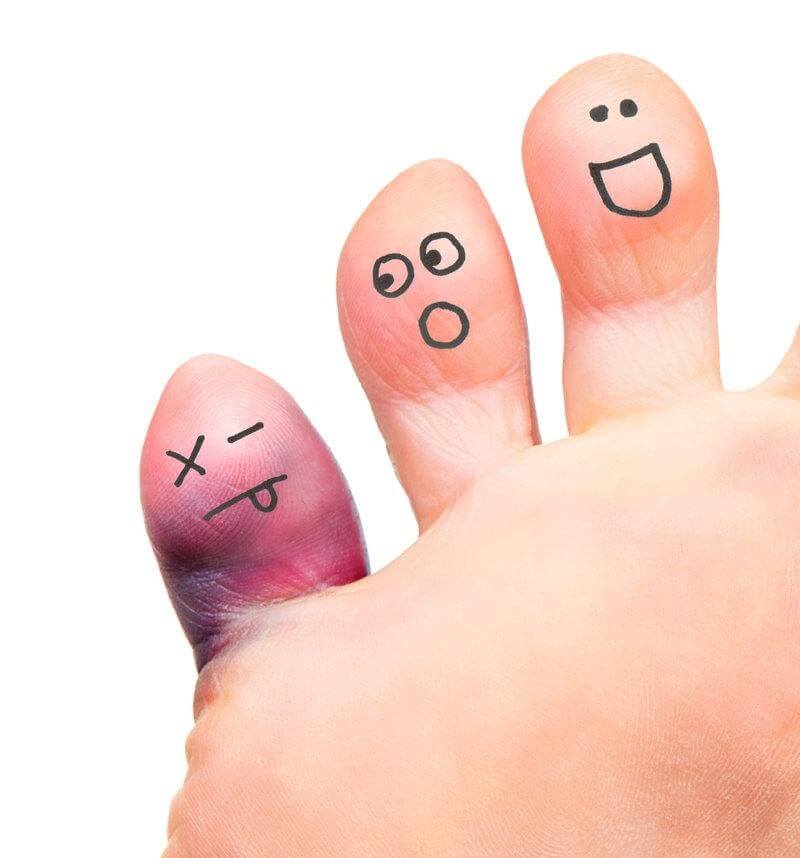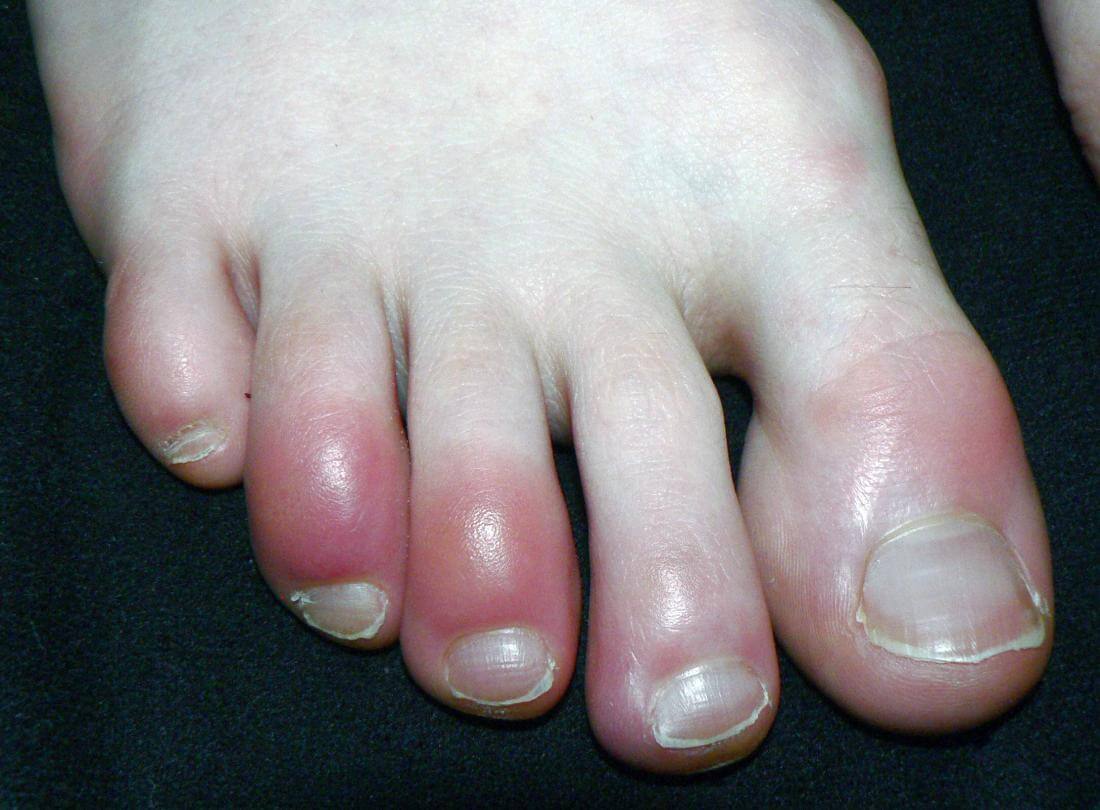Our Latest News & Blogs
Check out all the latest news from The Travelling Podiatrist Blog and stay up-to-date on the latest podiatry topics,
including health advice, useful information, and tips on foot care.
Check out all the latest news from The Travelling Podiatrist Blog and stay up-to-date on the latest podiatry topics,
including health advice, useful information, and tips on foot care.

As the weather changes to the coldest months of the year, it’s time to keep our feet warm and healthy. It’s well known that our feet play a
huge part in our ability to regulate our body temperature, and while comfort is a good enough reason to keep your toes cosy, avoiding
painful conditions, like chilblains, is another.
Chilblains are essentially when the blood vessels in the tip of your toes and your fingers, they essentially burst due to rapid changes in
temperature or exposure to temperature.

Chilblains sound rather like something little old ladies get, but in fact, anyone can get chilblains at any age. They are as common in children as they are in elderly people. Chilblains are lumps on the skin which come up as an abnormal reaction to the cold. They are usually red or purplish. They can be itchy or sore. Sometimes they come up when skin is warmed up too quickly after it has been cold. Nobody knows why some people are prone to chilblains and others are luckier and don't get them.
Although the exact cause of chilblains remains unknown, it is thought to be associated with the body’s reaction to cold weather. Cold weather can cause small blood vessels near the surface of your skin to tighten. Once you warm up, these small vessels may expand too quickly.
For example, if you go from walking in cold tiles or cold floorboards barefoot, and then put your feet in front of the heater, that rapid temperature change essentially causes a spasm in the blood vessels and that can cause them to burst and result in red-purple discoloured toes and sometimes very pale white and that can be quite painful, cold, numb and stinging, some people can have tingling or burning sensation in the digits of the toes and their hands.
The first line of treatment for chilblains generally includes measures to keep hands and feet warm and dry, such as keeping your indoor environment warm and dry, using gloves and socks, and changing damp gloves and socks when needed.
If you have ongoing itching, your doctor might prescribe you a chilblain cream to reduce inflammation. If you have poor circulation or diabetes, your chilblains may not heal well.
If your chilblains don't clear up with these home remedies, your doctor might also prescribe blood pressure medications to help open up the small vessels near your skin’s surface. This will also help to reduce inflammation and pain.
Chilblains will usually get better on their own. Seek medical care to check for complications if the pain is unusually severe, if you suspect an infection, or if your symptoms aren't improving after one to two weeks. If the symptoms extend into the warm season, see a doctor rule out other conditions.
If you have diabetes or poor circulation, healing may be impaired. Be cautious and seek care.
If you have any questions in regards to chilblains. Please give us a call on (03) 5893 4000 and we'll happy to have organized a consultation for you to implement some management there for you.